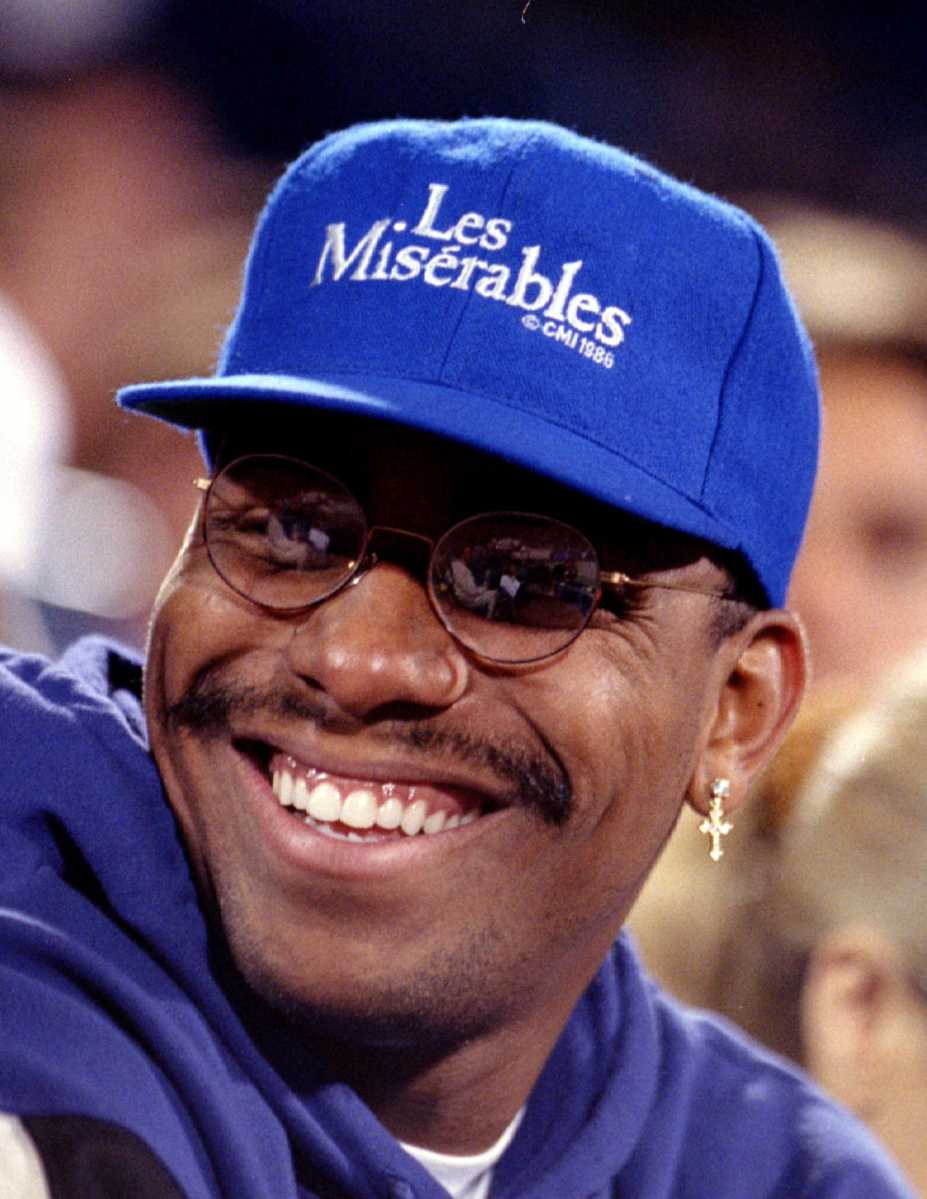Everyone likes to pile on the Mets.
It’s a tradition like going to ballgames with your dad, booing commissioners of major sporting leagues, or bodyslamming folding tables that have been lit on fire in the middle of the parking lots of football stadiums (that last one might be a stretch).
So needless to say, July 1 is usually a banner day for sports fans who just like to poke fun at the Mets — because there’s isn’t already enough to chastise them for.
For on this day, Wednesday, July 1, the Mets pay Bobby Bonilla $1.19 million annually; a tradition that began in 2011 — 11 years after his days with the club were over — and won’t end until 2035.
So until he’s 72 years old, Bonilla will get a check for over $1 million every year from the Mets.
That’s deserving of such ridicule. Especially when sports fans are cooped up in the middle of a pandemic scrolling through the internet in their closed rooms looking for something to either complain about or make fun of.
It’s human nature in 2020. Give everyone a platform on social media, and they’re the protagonist of their own story so we’re stuck hearing the same joke every July 1.
But how did the Mets get here? Was this deal all bad?
Most Mets fans know the ripple effect from this deal, but for the uneducated sports fan who likes to join in on the fun, here’s what you need to know.
The Lead-up
There’s probably a large number of baseball fans who don’t realize that Bobby Bonilla was once a pretty good baseball player and not just the source of one of baseball’s biggest jokes.
After being traded by the Chicago White Sox to the Pittsburgh Pirates, Bonilla teamed up with the likes of Barry Bonds and Andy Van Slyke to piece together one of the more formidable outfield in baseball during the late 1980s and early 1990s.
In a four-season stretch from 1988-1991 Bonilla garnered four All-Star appearances, posting a .284 batting average while putting up 162-game averages of 25 home runs and 102 RBI.
So when the Mets signed him in 1991, it was a pretty big move for a franchise that saw a majority of its core from the 1986 World Series winners break up.
Bonilla had some strong seasons with the Mets, averaging 24 home runs and 75 RBI during a three-year stretch that saw him play an average of only 125 games per season. That included a 34-home-run 1993 campaign in 139 games.
But on a struggling Mets team along with a souring relationship with the local media, Bonilla wanted out and in July of 1995, was dealt to the Baltimore Orioles.
He would stay in Baltimore through the 1996 season before being granted free agency and signing with the Florida Marlins — a pieced-together powerhouse that went on to win the World Series in 1997. But the small-market team didn’t have the funds to keep all their stars, which ranged from Gary Sheffield to Moises Alou, to Kevin Brown, to Al Leiter.
Bonilla and Sheffield were packaged in a May 1998 trade to the Los Angeles Dodgers for Mike Piazza, who was dealt from the Marlins to the Mets just a week later.
Six months later, Piazza and Bonilla were teammates as the Mets sent Mel Rojas to Los Angeles to reunite with the veteran outfielder.
The Deferral
The reunion was anything but good.
Bonilla played just 60 games for the Mets in 1999, batting .160 in the process.
He often clashed with manager Bobby Valentine over a lack of playing time and during Game 6 of the 1999 NLCS against the Atlanta Braves — which the Mets lost in 11 innings — Bonilla sat in the clubhouse playing cards with fellow veteran Rickey Henderson.
Rather than bring him back for the 2000 season, the Mets opted to defer the remainder of his $5.9 million salary with 8% interest and pay it over a 25-year stretch from 2011-2035.
Deferred contracts are commonplace in baseball, and there have been some that are just as head-scratching as the Mets’ decision with Bonilla, but it was extenuating circumstances that made it that much worse.
The Wilpon family, which still owns the club, believed they were on the verge of making significant profits through investments with some guy named Bernie Madoff, which prompted the decision.
Instead, Madoff was a con artist whose Ponzi scheme resulted in the Wilpons losing millions, which led to Bonilla’s $5.9 million at 8% interest swelling to $29.8 million to be paid across those 25 years. Hence the $1.19 million payment every July 1.
The Good
Yes, there is some good that came out of this Mets mess.
The $5.9 million that the Mets originally owed Bonilla gave the team some added financial flexibility during the offseason heading into the 2000 World Series.
With it, they were able to afford left-handed pitcher Mike Hampton in a trade with the Houston Astros where he became one of the aces of the team’s starting rotation.
Hampton went 15-10 with a 3.14 ERA, won a Silver Slugger at the plate, and was the 2000 NLCS MVP as he helped the Mets win the National League pennant.
It would be Hampton’s only season in Queens as he opted to sign with the Colorado Rockies in 2001. While his move left a hole in the Mets’ rotation, the team received a compensatory draft pick, No. 38 overall in the 2001 draft.
With that very pick, the Mets chose David Wright, one of the franchise’s all-time greats who spent 13 years with the club before injuries ultimately derailed a career once destined for Cooperstown.
So it’s not all bad on Bobby Bonilla Day, which some Mets fans are trying to rename David Wright Day.
But let’s not go that far.






























